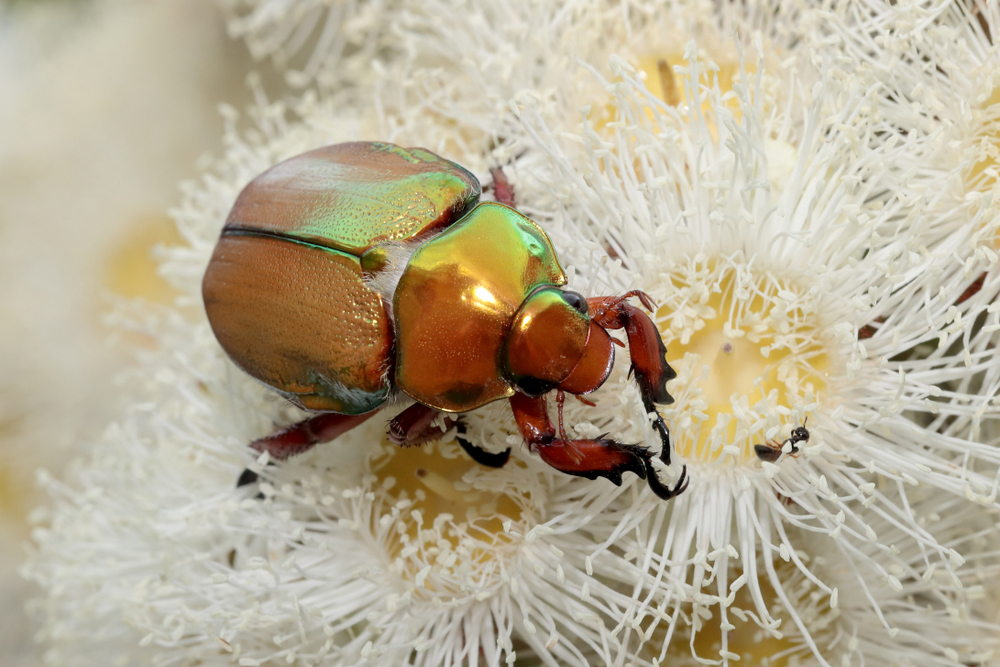
Where Are All the Christmas Beetles?
Christmas beetles are iconic this time of year, but anecdotal evidence in recent years suggests their numbers are in decline. Unfortunately, without long-term population data we can’t know for certain – meaning we cannot actually say that they are in decline.
We caught up with Dr Tanya Lutty from the University of Sydney and Invertebrates Australia to talk about the new Christmas Beetle Count Project, which aims to collect the needed data to learn more about these beloved bugs and find out whether they’re in decline.
The biggest problem, Tanya says, is that we’re starting at a time when there are already very few Christmas beetles around.
“Ideally, we’d have a time machine and we could go back 40 years, if only, and start because we don’t even know what normal is. That’s the problem. We don’t know what the number of Christmas beetles per species should be. And so again, it’s hard to know if there’s a decline. We have no idea how catastrophic that decline is.”
Enter the Christmas Beetle Count. The Christmas Beetle Count is a citizen science project through the University of Sydney, Invertebrates Australia, and the Australian Museum, which allows people to get out in nature and photograph Christmas Beetles using the app, iNaturalist. From there, the photographs will be used by researchers to determine population density, location, and what type of food they like.
In addition to the count project through iNaturalist, Tanya and other researchers go out and look for Christmas beetles, but their findings are few and far between.
“I think the most we ever had in one night was eight, which was, we were so excited, jumping around like, ‘we’ve got two species and eight, it’s eight individuals!’ Most nights we either get none or one. So they’re certainly not in high numbers.”
For people looking at getting involved in the project, it’s as easy as downloading the iNaturalist app. Tanya has some advice for anyone looking for Christmas Beetles.
“They’re nocturnal, so they’re really mostly flying around at night, but they’re terribly clumsy, so often you’ll find them on like footpaths or just kind of by the side of the road on their little backs.
So just kind of look down during the day, I think you’ll find a bunch just kind of hanging around. It’s kind of, sad, but if you do see a dead one, you can still submit that as a sighting. They don’t live that long as adults. So, we can still identify them though, which is still useful. If you’re at night, look around lights because they are attracted to light.”
So far the project has hit 9000 sightings, a milestone that Tanya describes as “thrilling.” In the future, Tanya hopes the project will gather more data, allowing them to help with the conservation status of the beetles.
“What we’re hoping is that we get more data, especially for those rare species.”
If you’re interested in being involved, you can learn more about iNaturalist here.
Image courtesy of Shutterstock.


